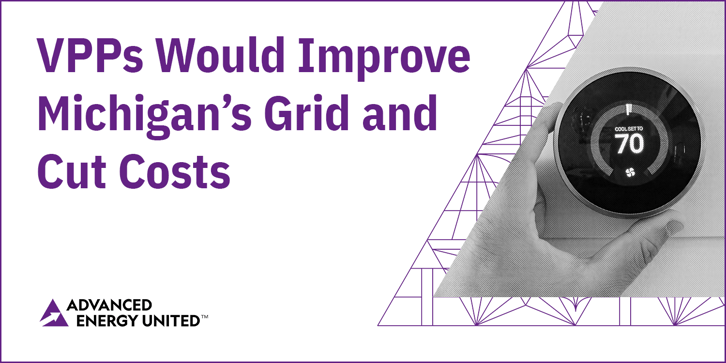
Policy, Progress, and the Path to Advancing America’s Energy Future: Reflecting on Leadership Forum 2025
Posted by
Rahiem Swann on Dec 18, 2025 2:23:31 PM
Topics: Event
Michigan Virtual Power Plant Legislation Would Cut Costs for Consumers & Improve Grid’s Resilience
Posted by
Samarth Medakkar on Dec 11, 2025 11:00:00 AM

Topics: State Policy, Michigan, Distributed Energy Resources, Virtual Power Plants
Advanced Energy Wins at the Colorado Public Utilities Commission in 2025
Posted by
Brian Turner on Dec 3, 2025 12:30:00 PM

Topics: State Policy, PUCs, Transmission, Distributed Energy Resources, Virtual Power Plants, Colorado
State Strategies for an Affordable, Reliable, and EV-Ready Grid
Posted by
Elizabeth Stears on Oct 30, 2025 1:59:59 PM

Topics: State Policy, Advanced Transportation, Maryland, New York, Electric Vehicles, Colorado
California’s 2025 Energy Whirlwind: Breakthroughs, Costly Missed Opportunities, and the Work Ahead
Posted by
Edson Perez and Leah Rubin Shen on Oct 20, 2025 9:00:00 AM

Topics: State Policy, California